What to plant after the onion?
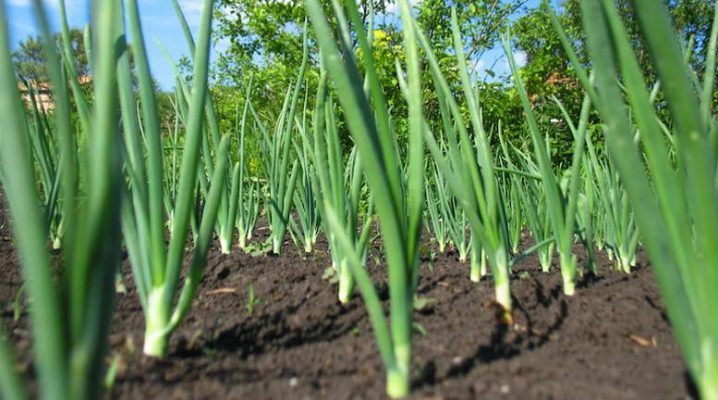
Novice gardeners are confused about how to use the site after harvesting onions. Such a culture significantly changes the composition of the soil, so not everything can be planted after it. In this article, we will talk about how to benefit from the area on which the onion grew and what not to plant after it.
What greens can you plant?
Immediately after harvesting the onions, hurry to use the vacated area to get vitamins. Greens are what grows well after onions. Let's see what can be planted from this category.
- Salad... Lettuce leaves are always needed to decorate your favorite dishes. When buying seeds, pay attention to the "for summer sowing" mark and purchase only such bags.
- Dill... You can use seeds harvested last year. Leave a few stems for a new seed collection, and actively use the green mass in salads and other dishes.
- Celery... Young greens of this healthy culture can be used in the preparation of first courses, salads, smoothies. And she will have time to grow by the season of salting and rolling of vegetables.
- Cilantro... This spicy culture is needed on the table at any time of the year, but the greens of the summer crops are the most saturated with vitamins and aromas.
- Arugula... Another crop that does well in the place of onions. She does not need additional feeding, it is enough to water it moderately and collect greens in time to enable young stems to grow.
- Basil... This summer-planted herb can be frozen or dried to enjoy its zesty taste all year round. Choose young leaves for this.
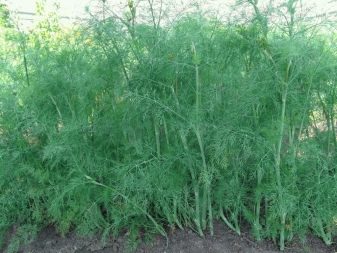
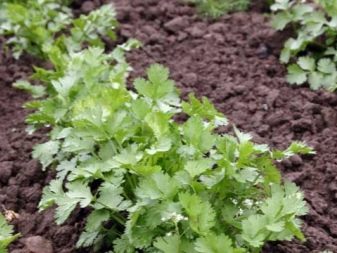
Greens are considered the growth record holder: within 15 days after sowing, you can get fresh bunches, only you need to buy varieties that are suitable for summer sowing. In the second half of summer (after harvesting early ripe onions), ideal conditions are created for growing greens.
In terms of taste, the plants do not differ from spring or June greens, but the exhausting heat subsides, the leaves turn yellow less, moisture remains in the soil longer, and the greens better retain their appearance and juiciness. Many experienced housewives harvest the greens planted during this period for the winter, freezing or drying, and also use them in conservation.
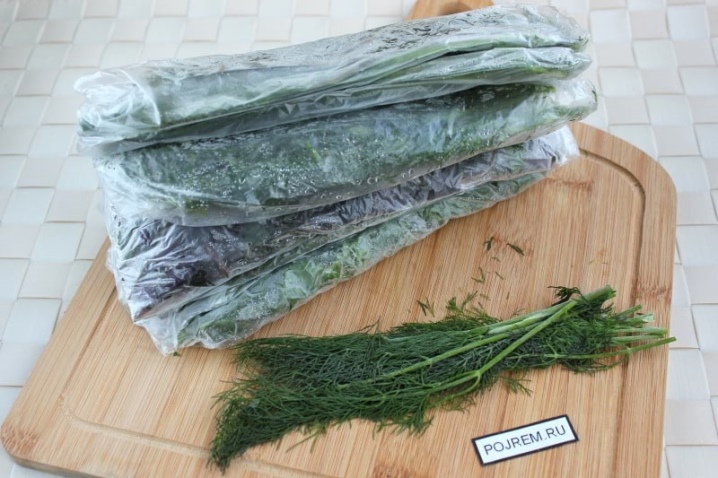
What else to plant?
After harvesting onions in July, you can plant early ripe hybrid varieties of cabbage, in which ultra-early ripening (the head is formed in 45-60 days). Such hybrids can be sown directly into the ground with seeds, and not waste time and effort on seedlings.
In place of the onion will grow beautifully carrots and beets. If we are also talking about sowing immediately after harvesting the bulbs, then the early varieties are chosen. These vegetables will not last long, but they can be consumed until the end of summer and throughout the fall. If these crops are sown in the beds after the onion is harvested, then root crops can be harvested in late September or early October.
In the summer, after onion culture, experienced gardeners plant radish (daikon) and radish, however, they do not deeply deepen the seeds. It is incorrect to think that radishes are planted only in May or early summer. It turns out that August is the most favorable period for radishes.
With a long daylight hours and an abundance of sun, the plant shoots an arrow, and in August-September the length of daylight hours decreases, the heat subsides, which makes it possible to grow juicy roots.

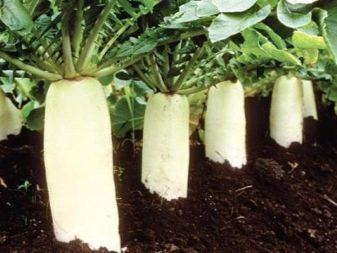
The main condition is good watering. So that the place is not empty after the bulbs, you can also sow peas, beans (asparagus).For the next season, tomatoes can be planted on onion plantations. The roots of tomatoes go deeper and will not be affected by depletion of the topsoil. It is better to plant tomato seedlings in this place, but with proper care, tomato seeds will germinate.
Many onion beds then plant strawberries, and it is better to do this before winter. This berry culture is also not afraid of depletion, because it takes root deep enough to receive nutrition from there. Vulnerable strawberries, like tomato bushes, do well on former onion plantations because, after onions, there are practically no pathogens in the ground. They die from the phytoncides that secrete the bulbs.
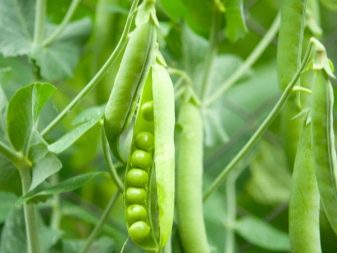
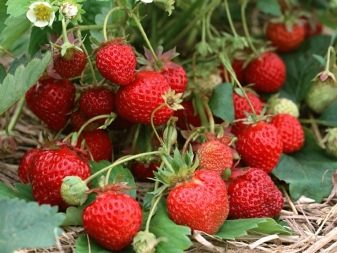
After the onion harvest, the following crops will yield at this place:
- all types of cabbage (including cauliflower, savoy, kohlrabi and other types);
- pumpkin crops (in addition to the pumpkin itself, squash, zucchini, pimpled cucumbers grow);
- plants of the nightshade family (except for tomatoes and potatoes, these are peppers of all kinds and eggplants);
- legumes (lentils, traditional peas with beans).
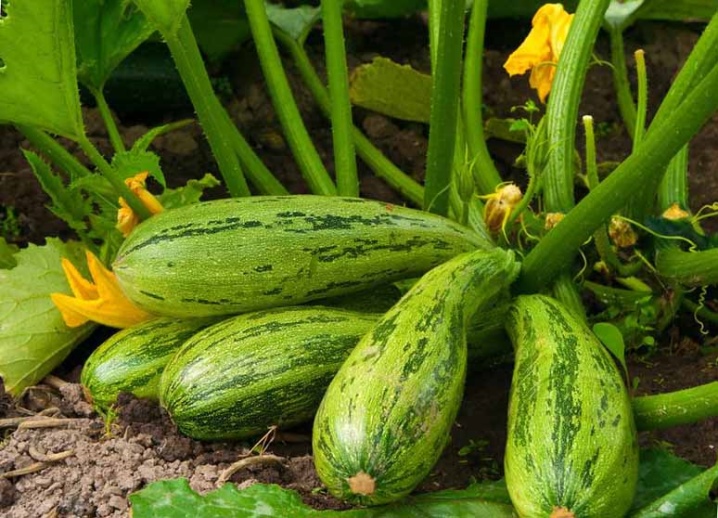
You need to understand that onions can change the composition of the soil. A lot of potash fertilizers are added under it, which may well lead to a change in acidity. In addition, the culture itself sucks out a lot of nitrogen from the soil and consumes little phosphorus.
Knowing these subtleties, the gardener will have to competently feed those crops that were planted after the onion in the next season. But after it, the soil remains practically sterile from pests. And it doesn't matter if it's a common onion or a perennial one. The latter species depletes the soil more.
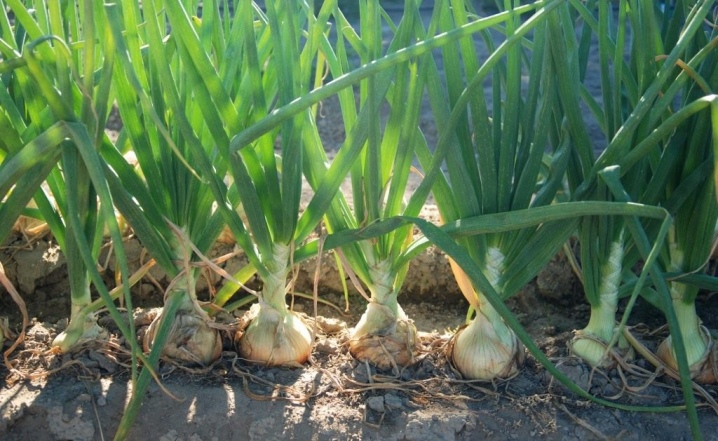
What shouldn't be planted?
There is no specific ban on planting any crop after onions for the next season. With proper feeding and processing of the site, everything can be grown. The only vegetable that will feel uncomfortable after an onion is garlic. Experienced gardeners do not advise planting it after an onion, if only because garlic also belongs to the onion family, which means that crops have common pests and common diseases. So, planting garlic after culture, there is a risk of being left without a crop.
By the way, pay attention to the fact that after garlic, onions are also not recommended to be planted. The reasons are the same - soil depletion and common pests and diseases. Although it is believed that after the onion, the land remains clean of pests and there are no pathogens in it, nematodes can still remain there - the smallest worms that love onion crops.
Therefore, it is strictly forbidden to grow any types of its closest relatives after the plant. In addition to garlic, these are batun, leek, other types of onions: family type, multi-tiered, and so on. If you are planning to plant flowers in this place, then just not from the bulbous family.
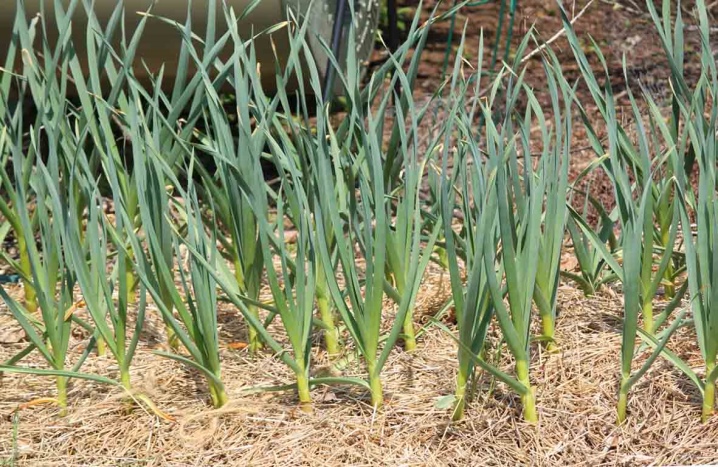
For tulips, gladioli, daffodils, lilies, you will have to find another place. It is undesirable to plant physalis and peppers after onions. The root system of these plants, like that of the onion culture, does not deepen, and since the onion is capable of depleting the soil, then subsequent crops from the upper layer will have nothing to take for development.
If you do not observe crop rotation when growing crops of the onion family, you can generally lose your harvest. In the beginning, the plants will bear less fruit, gradually they will stop yielding. As a last resort, alternate planting onions (or related crops) and carrots (after a year).
This is a classic combination of companions that protect each other from harmful insects and pathogens. By the way, the onion fly also disappears from the carrot beds. There are no other prohibitions about not planting after the onion.
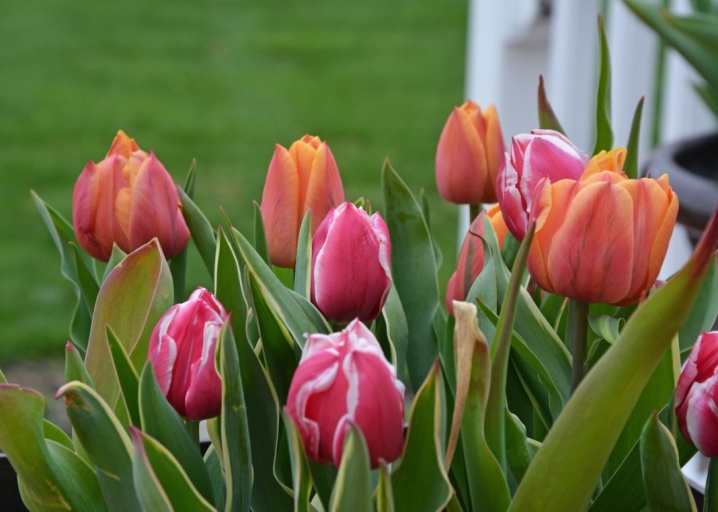
After the introduction of certain doses of organic matter and minerals, the soil on onion plantations is restored. If you are not an adherent of the introduction of chemistry into the ground, you can restore the soil composition with such green manure as oats, phacelia, lupine.
These herbs can be sown as soon as the bulbs are harvested. Even if harvesting is in August, they have time to grow back.The grass is mowed and the plot is plowed. Before planting next year, these lands must be fertilized and prepared for new plantings, taking into account compliance with the requirements of crop rotation and the above recommendations. A good harvest after onion crops is obtained by those who are not lazy to comply with all the requirements.














The comment was sent successfully.